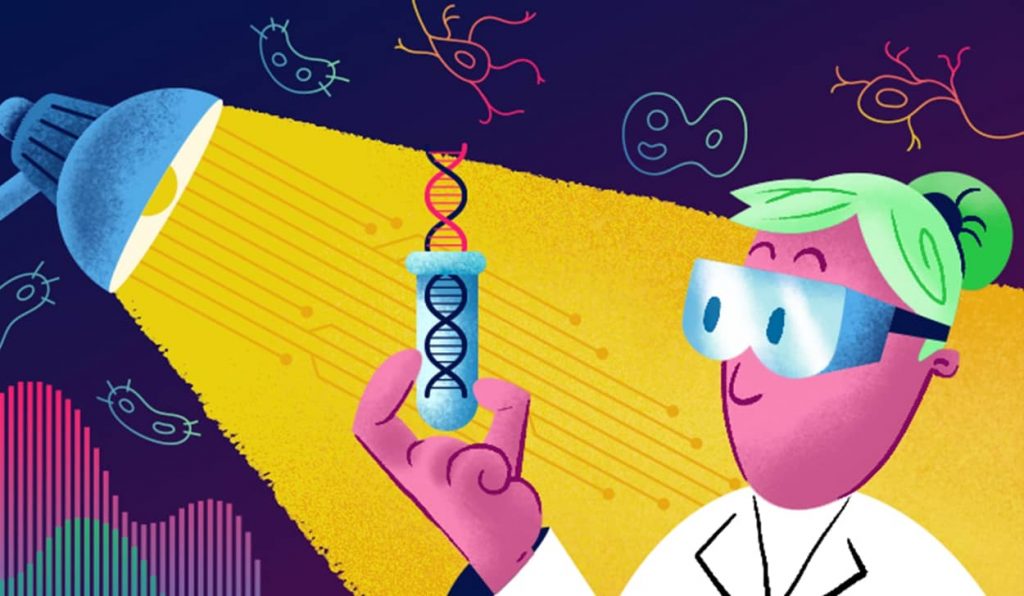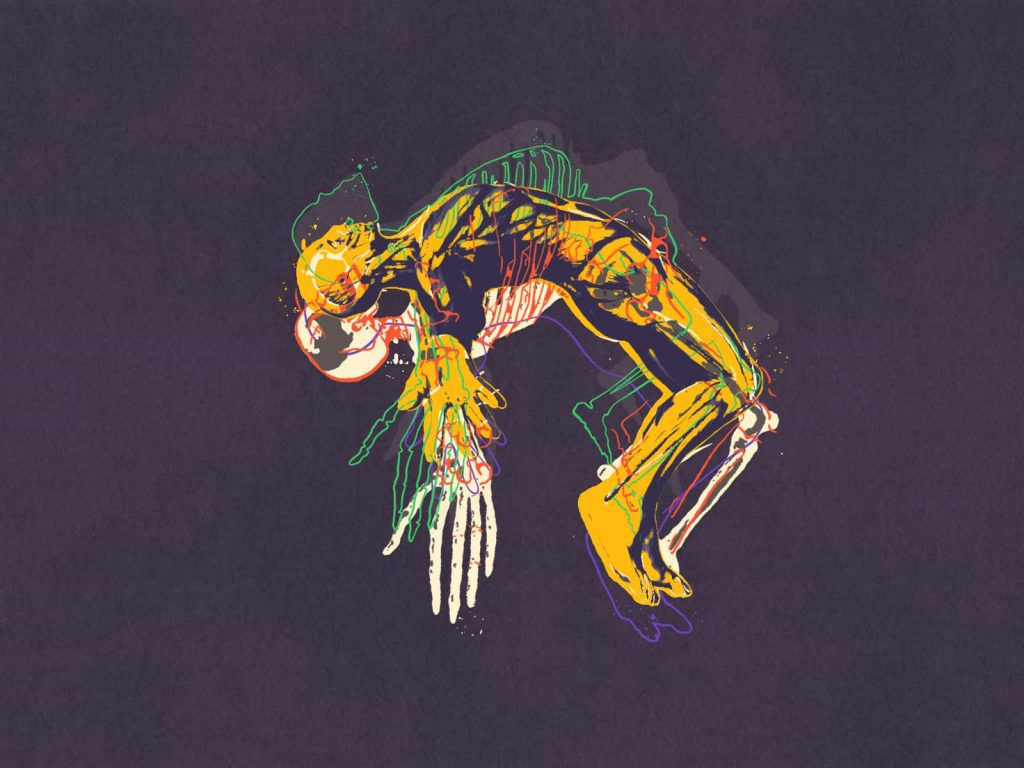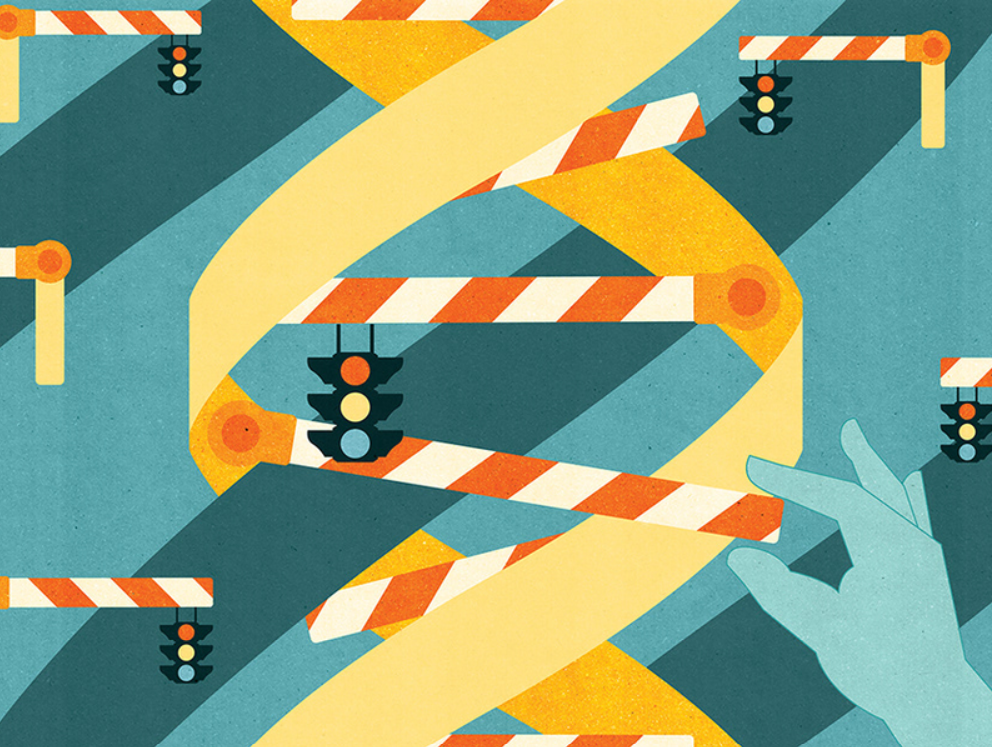
With the growth of biotechnology, organ transplantation, drug development, and surrogacy, the human body, and bodily materials including waste, hair, DNA, gametes, etc. acquired great commercial value. The increased demand for body tissues and organs evolved the legal nature of the body. There was a conflict in opinions on treating the human body as property from its inception. Body acquired the status and rights of property through the transformation of society and their needs.
The term property originated from the Latin word ‘properietate’ and the French equivalent ‘proprius’, which means a thing owned. The term property does not have a robust definition but has unfolded through different schools of thought reflecting the social background behind its origin. The concept of property mutated into diverse fields. A property right is not unitary. Rather, it is often described as a bundle of rights. They consist of the right to possess, the right to alienate, the right to use, the right to exclude others, the right to enjoy fruits, and the right to destroy. A person can decide on what right he has to exercise and what to sacrifice. Property rights are not absolute, but they are narrowed to the extent they are enjoyed without interfering with other’s property rights.
Since every person has the autonomy to this bundle of rights, the body contemplated the age-old concept of property. Law itself revolves around this concept for example assault, battery, murder, and other bodily harm are offenses against the body, and by prosecuting the offender the right to protection and the right against trespass is reflected. Slavery is a crime because it interferes with a person’s right to ownership and possession of his body. Passive euthanasia is a connotation of the right to dispose of one’s own body.
Many opposed the property theory of the body as the right to sell was something outside its purview. One cannot exercise the right to sell exclusively over the body as the law prohibits exploitation of its limit. Prohibitions on sodomy, prostitution, trafficking are such instances. However, as noted earlier, one need not possess all of the rights in the “bundle” to have property rights. Time has proved them wrong because now body and body parts are priceless commodities in the medical market.
Jurisprudence of Human Body as a Property
The concept of property widened with time. Corpse acquired quasi property rights in an early stage but rights on living bodies were never a topic of discussion. With the limited usage of the body in the early centuries, the human body was worthless but technological advancements brought new horizons in the medical industry making them the priceless commodity in the industry. There existed a jurisprudential dilemma in including human bodies and materials under the ambit of property. On one side, those who advocated self-ownership doctrine, and on the other, those advocated on the no property principle.
Western philosophers and common law Jurists played pivotal roles in widening the concept of property rights on human bodies. John Locke in his book “the second treatise on Government” proposed the labor theory of property where for the first time the human body was a subject matter of jurisprudence. According to him, “Every man has a property in his person. This nobody has any right to, but himself.” This notion of self-ownership sprouted from the natural law theory that god has given a body to man and no one can infringe his right over the god-given gift. Locke took a different road from the earlier no ownership principle. Locke’s theory portrayed self-ownership as a defense weapon and protection from external intrusion. Hegel took a different and positive interpretation of self-autonomy to explore oneself to the fullest and extend their personality and will into the world.
Immanuel Kant in his work “lectures on ethics” put forth the thought that we have an obligation to our own body. In a wider aspect, Kant reiterated that our body belongs to ourselves, and is subject to the general laws of freedom whereby duties are incumbent on us. The body is entrusted to us with the duty to take care of it. This philosophy has deep roots as it outlined the need to preserve the organic integrity of a body and limit the inhumane commercialization of the body.
The no property rule began to branch through judicial observations in the early 19th century. Haynes case rejected the property doctrine of body instilling the age-old concept that there existed no property right over a body. Moore v Regents of the University of California is a landmark case on the ownership of a body. Here the plaintiff Mr. Moore was diagnosed as having leukemia and was advised for an operation to remove his spleen. After the operation on examination, the doctor found a new cell line from Moore’s tissues and spleen that he patented at a huge amount. The court took a repressive view on self-ownership. Maybe the notion of the court was not to open commercial trade of the human body and prevent exploitation of human body parts.
The Australian court of appeal in Hecht v Superior Court gave a wider perception of the extent of property interest on body parts. Taking a different track from Moore’s case, the court advanced property rights on gamete materials by validating a donor’s will. However, it could have been a pathbreaker if the court pioneered a more comprehensive rule by recognizing the law of gift over bodily material.
In the case of Davis v Davis, the supreme court of Tennessee while dealing with the question of personhood reflected that pre-embryos are neither person nor property. Rather, pre-embryos belong to an “interim category that entitles them to special respect because of their potential for human life.” Although unborn children lack the legal rights of a person already born, the court reasoned that they warrant more respect under the law than property due to the potential for life. The court recognized the property rights of parents over the cryopreserved pre-embryos.
The no property rule took a diversion in Doodeward v. spencer. Here the body and bodily materials apprehended the capacity of property with work and labor. In R v. Kelly, the Australian Court while dealing with the theft of human body parts from the Royal College of Surgeons took a progressive dimension on ownership over dead bodies. The court reiterated the work and labor exception and broadened the property right over human bodies as long as it has a potential use and significance. Corpses acquired a quasi-property recognition through various cases laws where the near ones of the deceased had a right over the bodies. A person’s dignity is to be shielded even after his death, which includes a right to donate organs, freedom from intervention, and dignified burial.
Thus, the no property realm collapsed with judicial transformation. Biotechnology, organ transplantation, research, drug development, surrogacy, and many other headways ingrained the property rights over the body.
Indian Human Body Market

India is one of the biggest body markets where human organs including kidney, liver, pancreas, heart, eye, bone marrow, blood, tissues, gametes, hair, and even skin are harvested and commercialized internationally. There are black market webs in rural India exploiting illiteracy and poverty and reaping profit from the commercial value of body organs and bodily materials. The human spare parts trade is an unethical facet of acknowledging property rights on a person’s body.
In our history, slavery and prostitution plagued bodily integrity but our present and future are haunted by nothing less than a camouflaged reflection of that plague – The Red Market. Further surrogacy and biotechnology are fields where the conundrum of property rights over the body is raised. Indian Judiciary has played a key role in guarding the dignity of human bodies and materials in tune with growing advancements. The Supreme Court in Justice Puttuswamy v Union of India while dealing with the constitutional validity of Aadhar cards, held that the citizens have no absolute right over one’s body and it is a myth. The Indian laws are also framed in consonance with this notion.
For example, Immoral Traffic (Prevention) Act, 1956 criminalizing prostitution and human trafficking, Indian Penal Code provisions criminalizing suicide, Criminal Law (Amendment) Act 2013 criminalizing human trafficking under section 370 and 370A of IPC, 2006, and Bonded Labor System (Abolition) Act, 1976 are perimeter drawn to restrict the exploitation of self-ownership.
Organ Transplantation
India is the international bazaar for the sale of organs. Right to health emerged as a facet of life in India and nurtured medical advancements. In this advent, law and medicine joined the road at prioritizing a welfare state with a sustainable health sector. Organ transplantation was whole-heartedly accepted as a curative technique to save lives. As the demand increased Indian pool began to the drought that led to the illicit commercial trend in India. The transplantation of human organs acts 1994 was enacted to ethically deal in the matter as it ushered victimization of vulnerable people and surge in human body trafficking.
Further, the WHO issued guidelines on human cell, tissue, and organ transplantation to monitor booming human body trafficking. The act laid boundaries in the commercialization of body parts permitting only for altruistic and concerned purposes but still, it failed in controlling the illegal and hidden rackets of organ sale. Medical tourism being a central source of income to the Indian economy opened the doors for international trade of human organs. The vulnerable people hardly hit by poverty became the victims of this spare parts business scandal. Human bodies are trafficked for their commercial value, here the donors receive nothing or small livings from selling their organs while hospitals and the intermediates reap huge profits out of the market.
The Gurgaon Kidney Scandal of 2008 throws light on this dreadful picture of India where organ donation has become a source of livelihood for many. The majority of these shadow rackets not even recognized and reported are deeply rooted in the fertile grounds of our nation. We do not have a centralized organ pool to regulate this business so often private parties headline a parallel black market contravening the formal system.
On one end, the donors are banned from receiving any consideration on the commercial sale of their organs by the legislation but on the other, the doctors, hospitals, brokers, and other third parties flourish in this legal chaos. There is a public opinion that the human body and bodily materials should be secluded from the ambit of property to clean up the Indian body market but it is a reverse turn on our progression. What we need is a prospective leap on limiting the bundle of rights over self-ownership. Organ transplantation should occur on a consensual and legitimate line without exploiting the vulnerability of the poor and bottling the dignity of a human body.
Surrogacy
India is a hub of the artificial fertility industry with the largest number of women available for renting their wombs for surrogacy by artificial reproductive technology and booming IVF clinics. The legality of surrogacy was an unsettled dispute for a long period as the Indian market flourished into baby farms. Even though many bills were framed at an earlier stage it was never enacted until 2020. Foreigners designated India as the landing place for outsourced pregnancies. The surrogacy industry has been chaotic and degraded the dignity of women with its commercial chains largely exploiting the vulnerable section of society.
In a legal vacuum and absence of precedent, the judiciary took new roads on interpreting surrogacy. In a landmark case of Baby Manaji Yamanda v Union of India, prohibiting commercial surrogacy the court lamented that in the name of surrogacy a commercial market is taking root in the absence of a proper legal mechanism and urged the need for it. Further, in Jan Balaz v Anand Municipality and Ors., the Gujarat High Court took a progressive approach to surrogacy by giving legal recognition to a child born out of surrogacy. The Indian Council for Medical Research Ethical Guidelines on Surrogacy, 2005, and the 228th Law Commission Report of India recommended restricting commercial surrogacy and permitting only altruistic surrogacy.
The Assisted Reproductive Technology Bill seeks to steer the system but is facing heat for its substantial loophole regarding ambiguity in compensation amount not effectively framed and specified. This aided in commercializing rental wombs in contravention to the Transplantation of Human Organs Act 1994, rising human trafficking, forced pregnancy, and other ethical concerns.
The public policy and morality of our society have radically changed as if surrogacy is a need of the future. On that matter, the law should always be in pace with societal notions. The ethical quotient of surrogacy is not just the advancement of the medical sector but giving life to a hopeless family. The right to life under our Constitution in implicit terms includes autonomy over the body, reproduction, and sexual choices. The current perspective of limiting surrogacy to altruistic grounds is imperative in curbing the menace of commercial surrogacy and hindering the exploitation of surrogate mothers.
Biotechnology and Drug Developments

Biotechnology has made use of almost all parts of our body from stem cells and genes to gametes and skin for human welfare. With the advent of intellectual property rights there existed a legal controversy on patent ownership over an invention of a new variant of genes, drugs, and medicines generated from a particular human body. Intellectual property rights weighed the rights of the inventor as it is his skill and labor that earned the patent.
On the other hand, the conventional property law focused on a donor’s right on the patent as it is his body that brings about an invention. The dilemma became profound as commercial need for tissues and bodily materials escalated and patent disputes became a common matter in courts. The Patent Act 1970 gave a new color to medical advancements and developments for the wellbeing of humans. Patent protection is given only to an invention of a new product or process involving an inventive step and capable of industrial application.
So, to encourage such inventions, the intellectual skill of an investor needs to be patented but while balancing the ethical notions every bodily invention is not patentable in India. Human genes are not patented under Section 3(1) of the Patent Act. Internationally many countries have taken a different approach on patentability on human bodily materials. It is time that India should also look ahead to such improvements.
Body for Sale? – The Future
Self-ownership is a reflection of Autonomy and personhood that are vital for full enjoyment of life and dignity. The body is a total condition of life. Commercializing of body and materials have already become a part of our system but we cannot weigh the human body with other materialistic properties in similar slabs. The proprietary rights over a body should be used for its benefits by preserving its integrity. If the human body took only as a mere object for sale it will pillar human trafficking and slavery.
The commercial markets will emerge where men are slaughtered and sold like animals. The theft of organs and the sale of body parts for a living are the scariest reality around us. The scope of property rights over human bodies has both positive and negative faces. Property rights can be used either to advance our body to the fullest and growth of personhood or to commercialize and degrade our body. The ethical aspect of a body needs to be preserved at any cost. The commercial market needs to be regulated to prevent exploitation, at the same time biotechnological and medical advancements should be encouraged. Stringent punishments should be given to the offenders. Proper legislative mechanisms and judicial interventions can only pave paths to a society where the autonomy and dignity of human bodies have maximum value.